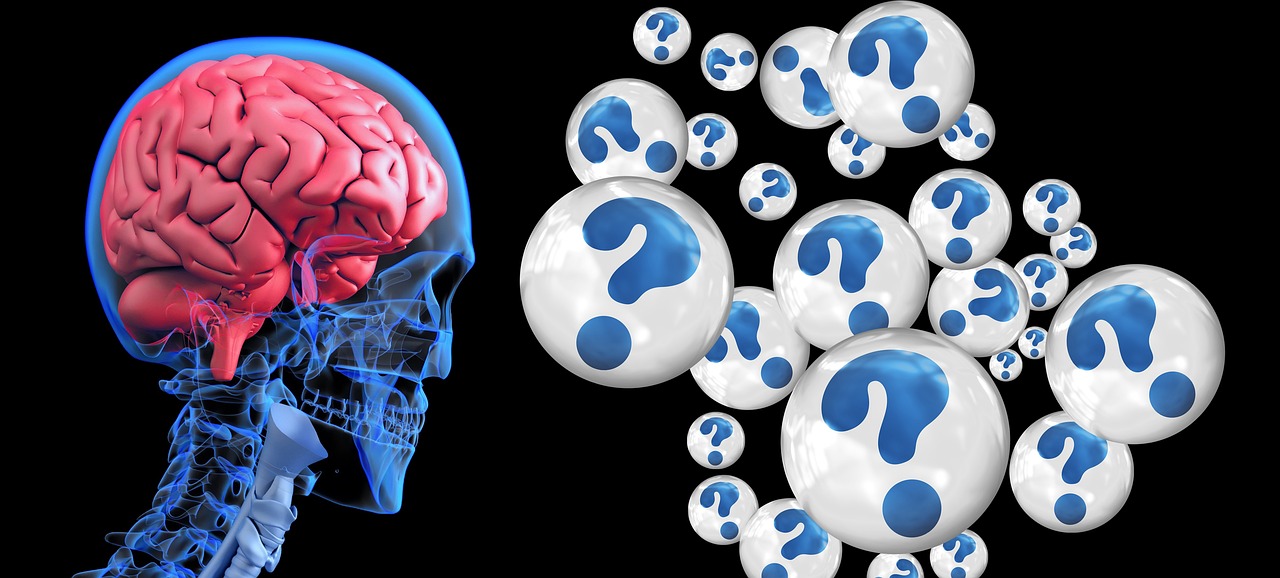News
What is Equol
2024-01-23 13:14:19
Hits:0
Equol is an isoflavandiol estrogen metabolized from daidzein, a type of isoflavone found in soybeans and other plant sources, by bacterial flora in the intestines. While endogenous estrogenic hormones such as estradiol are steroids, equol is a nonsteroidal estrogen. Only about 30–50% of people have intestinal bacteria that make equol. People who are able to convert the chemicals in soy into equol might get more health benefits from soy. These people are called equol producers. Equol supplements can be used as a source of equol for people who are not equol producers.
Note: Isoflavanes are a class of isoflavonoids, which are themselves types of polyphenolic compounds. They have the 3-phenylchroman (isoflavan, CAS number: 4737-26-2, molecular formula: C15H14O, exact mass: 210.1044646 u) backbone.

Equol, first isolated from equine urine in 1932 and identified 50 years later in human urine as a metabolite of the soy isoflavones, daidzin and daidzein, is produced by intestinal bacteria in some, but not all, adults. And it is now currently being developed as nutraceutical and pharmacological agents. Equol occurs as a diastereoisomer and its two enantiomers: intestinal bacteria are enantiospecific in synthesizing exclusively the S-(-)equol enantiomer, an enantiomer that has selective affinity for the estrogen receptor-β are of interest from a clinical and pharmacological perspective and have wide arrange of biological activities. Therefore it is necessary to nvestigation for the treatment of a number of hormone-related conditions involving estrogen-dependent and androgen-related conditions.
It has some effects that are similar to the hormone estrogen. It exists in two forms: R-equol and S-equol. People use equol for symptoms of menopause. It is also used for aging skin, diabetes, osteoporosis, breast cancer, and many other conditions, but there is no good scientific evidence to support these other uses.
References:
https://www.webmd.com/vitamins/ai/ingredientmono-1269/equol
Setchell KD, Clerici C. Equol: history, chemistry, and formation. J Nutr. 2010 Jul;140(7):1355S-62S. doi: 10.3945/jn.109.119776. Epub 2010 Jun 2. PMID: 20519412; PMCID: PMC2884333.





